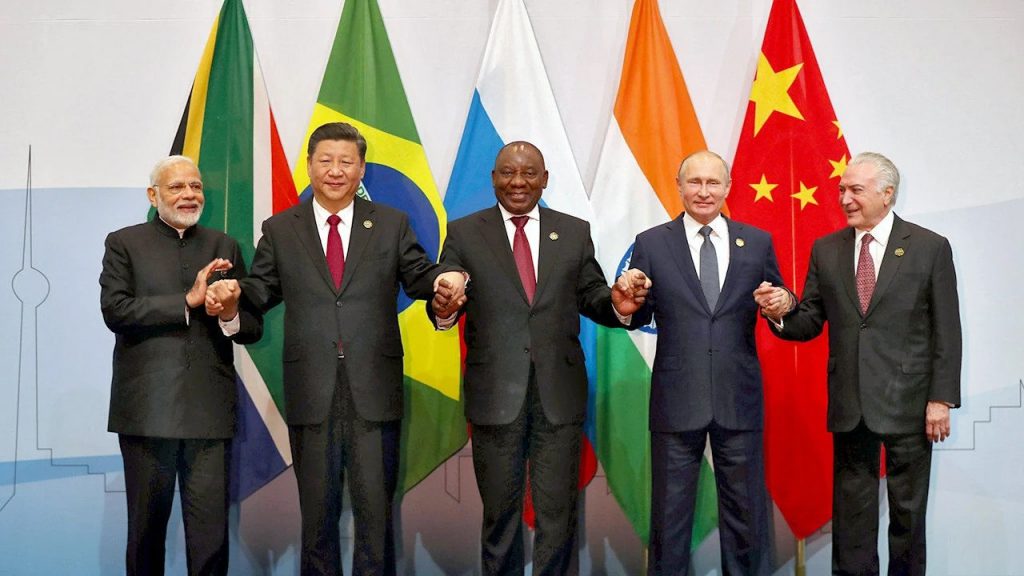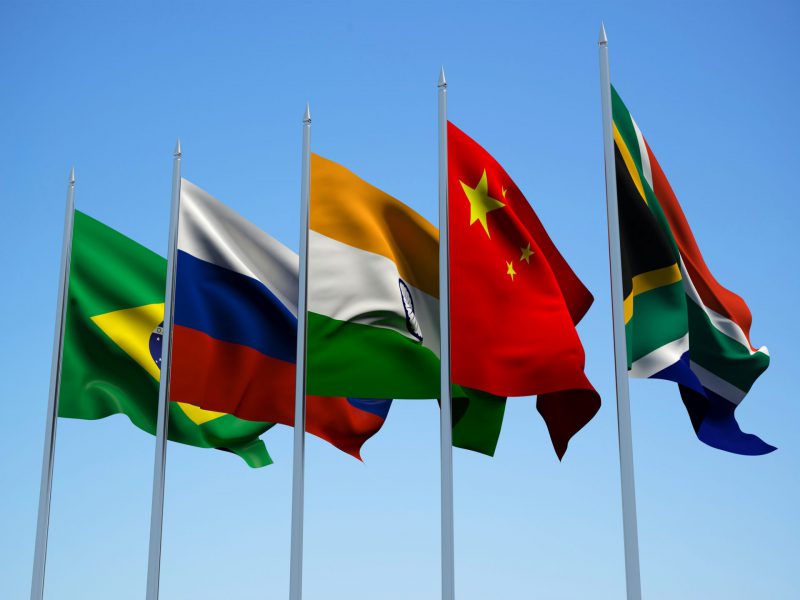BRICS inducted six new countries into the bloc, making the alliance financially stronger to take on the West. The six new countries that will join BRICS are Saudi Arabia, the United Arab Emirates, Argentina, Egypt, Iran, and Ethiopia. Five of the new entrants are oil-producing countries, except for Argentina. This puts the BRICS bloc in a unique position to challenge the U.S. dollar’s global supremacy. The combined BRICS GDP is also growing tremendously and is much ahead of that of the United States’ GDP.
Also Read: US & Europe To Pay in Local Currencies For Oil After BRICS Expansion?
Therefore, the 11-country alliance is looking to turn the page by ushering in a new financial era. The bloc is looking to shift the balance of power from the West to the East and make developing countries lead the global economy.
BRICS GDP With New Members Reach $30.75 Trillion


The combined overall GDP of the new 11-member BRICS will reach a total of $30.75 trillion in 2023. The U.S. GDP currently stands at $25.5 trillion, and the new BRICS are ahead by $5.25 trillion in that of the United States economy. The BRICS group is more economically powerful than the U.S. and could go further if they capture the global oil markets.
Also Read: BRICS Makes Huge Announcement on Trade Settlements
Here’s the breakdown of the new BRICS GDP: China: $19.37 trillion. India: $3.74 trillion. Brazil: $2.08 trillion. Russia: $2.06 trillion. Saudi Arabia: $1.06 trillion. Argentina: $641 billion. UAE: $499 billion. South Africa: $399 billion. Egypt: $387 billion. Iran: $367 billion. Ethiopia: $156 billion. The total stands at a staggering $30.75 trillion as of August 2023, the month of the summit in Johannesburg.
Also Read: BRICS Officially Agrees To End Use Of US Dollar
This makes the BRICS control 30% of the global economy. In addition, the new BRICS could take the lion’s share of the world’s economy by 2050. Bloomberg predicts that BRICS+ will boast a global GDP equal to 50% of the world’s economy in three decades.





